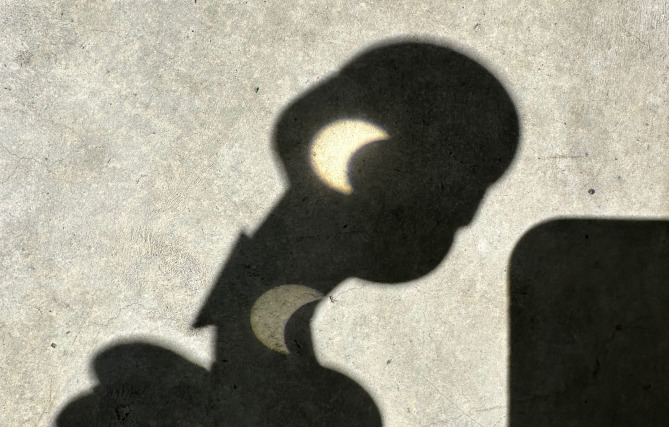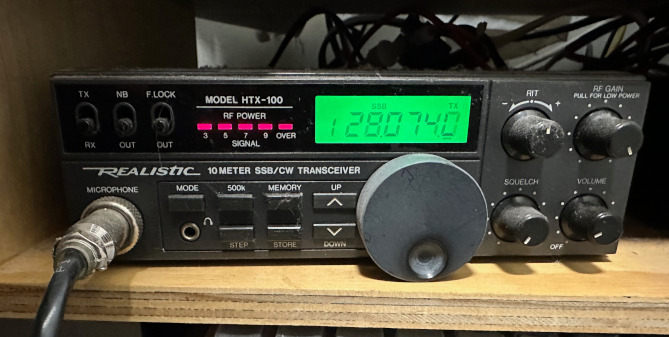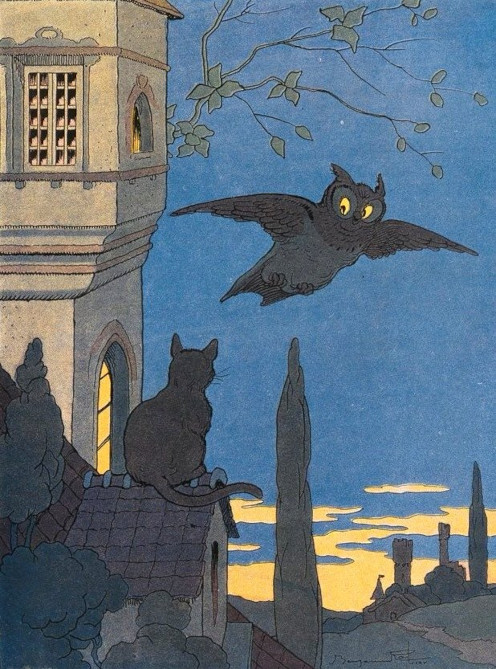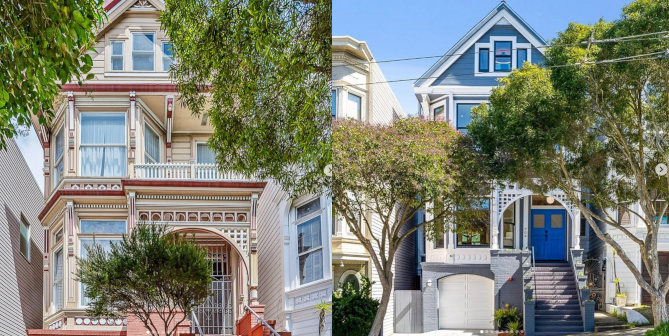
Before and after shots from SF Daily Photo.
I heard the podcaster Amber A’Lee Frost give name to a common internet trope, what she called “flipper rage bait,” those horrifying before and after social media posts showing quaint old houses stripped of their ornament, their oak floors replaced with gray laminate flooring, their warren of tiny rooms open-concepted into one big whitewashed expanse as brightly lit as an operating room and as memorable as an airport hotel lobby.
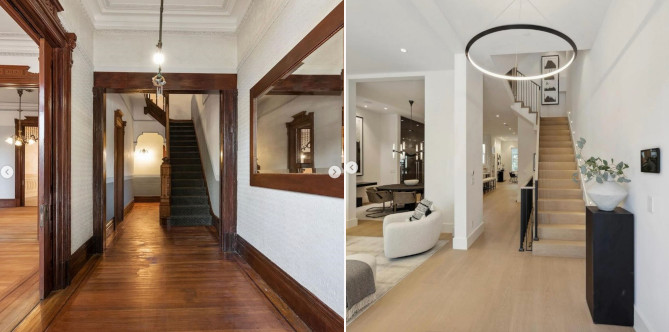
Before and after shots of a San Francisco flip from SF Daily Photo.
The Instagram account SF Daily Photo is where I consume my flipper rage bait. Or I can just take a walk. My Los Angeles neighborhood of 1920s era bungalows has few that are anywhere near intact. The worst have become open concept hells–all white on the inside, stripped of their modest details and, lately, painted jet black on the outside.

Before and after from SF Daily Photo. At least they left the windows but why remove all the moulding?
If rational thought drove our internet obsessions we might all focus more on the lack of affordable housing, the fact that many young people can’t imagine buying a house especially where we live in California. But I don’t think flipper rage bait has anything to do with the quotidian details of housing policy and rent stabilization discourse. Rather, I think it’s part of a trend I’ve long identified as a justifiable unease with modernity, a sense that something that we can’t quite identify is rotten in the state of Denmark in spite of all the comforts we in the west enjoy, that even with our cars and HBO subscriptions we’re all profoundly unhappy. As W.H. Auden put it in his poem “In Memory of Ernst Toller,” we’ve seen “something horrid in the woodshed” that haunts our unconscious and eludes identification so that, “We are lived by powers we pretend to understand”(1).
That power is, of course, capitalism which removes so much of our lives from conscious, collective oversight. Whatever a just housing policy might be is, instead, a casino where the chips are held by those with inter-generational real estate wealth. The flipper aesthetic is just what the free hand of the market favors which, unsurprisingly, seems to look like one big liminal shopping mall or hotel lobby, spaces that reflect the qualities of late stage capitalism: center-less, bland and cheap all built with de-skilled labor pulled from the colonial periphery.
Over time “change” for the sake of change becomes a virtue in itself, intrinsic to a power structure we don’t understand or even see. It’s as if “change” prepares us to accept the austerity and precarity or our future as Uber drivers. The house flipper is the handmaid of the rootless, asymmetrical, and nonsensical domestic spaces of late capitalism, constantly re-configuring them for maximum disorientation.
What should our response be? Psychologist James Hillman asks,
Do we ever protest and go on strike because of the insulting, repulsive, and just plain ugly places of our work? Of our malls and strips? Of hospital buildings and government decor? Of the materials we handle, the lights we submit to, the “workstations” we are confined within, the lecture halls that we must endure? Yet these aesthetic oppressions affect our bodily feeling, our emotional well-being, and we must ward ourselves from their influence, the despair they produce, and the exhaustion. (Hillman, James. City & Soul (Uniform Edition of the Writings of James Hillman Book 2 p. 141. Spring Publications.)
Why cede beauty to the right twitter architecture bros, the ones with a Caesar portrait in their bio? They correctly identify a problem, “stuff is ugly” but misdirect the criticism to some kind of moral failing on the part of architects or house flippers, or worse, they blame immigrants or, inevitably, “the Jews.” They never name the actual culprit, the unseen, unacknowledged power of the capitalist system we live under.
I keep coming back to William Morris, who understood that the reason we work towards a more just world is so that all will have necessities of life and be surrounded by beauty. We have the resources for everyone to have a roof over their head and we can re-enchant and embroider that new world. Bread and roses.

